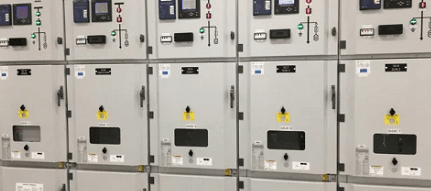LOCKOUT/TAGOUT (LOTO) PROCEDURE
Professional Electrical Lockout/Tagout Procedure Development Services
Ensuring workplace safety is vital and non-negotiable to safeguarding staff. RESA Power recognizes that the welfare of every employee is of utmost importance to all businesses and that is why we specialize in developing detailed and precise Lockout/Tagout (LOTO) procedures that are customized to suit companies’ specific equipment requirements as well as OSHA standards for controlling and preventing the release of hazardous energy. Our personalized services guarantee that business protocols not only meet regulations but also boost safety and maintenance efficiency.
What Is Lockout/Tagout (LOTO)?
LOTO stands for Lockout/Tagout. LOTO procedures exist in the workplace to control hazardous energy and provide effective protection for employees during the servicing and maintenance of equipment or machinery. Without the use of proper lockout/tagout safety procedures, the serviced electrical equipment or machinery can start up without warning or release hazardous energy that could be extremely detrimental to your team.
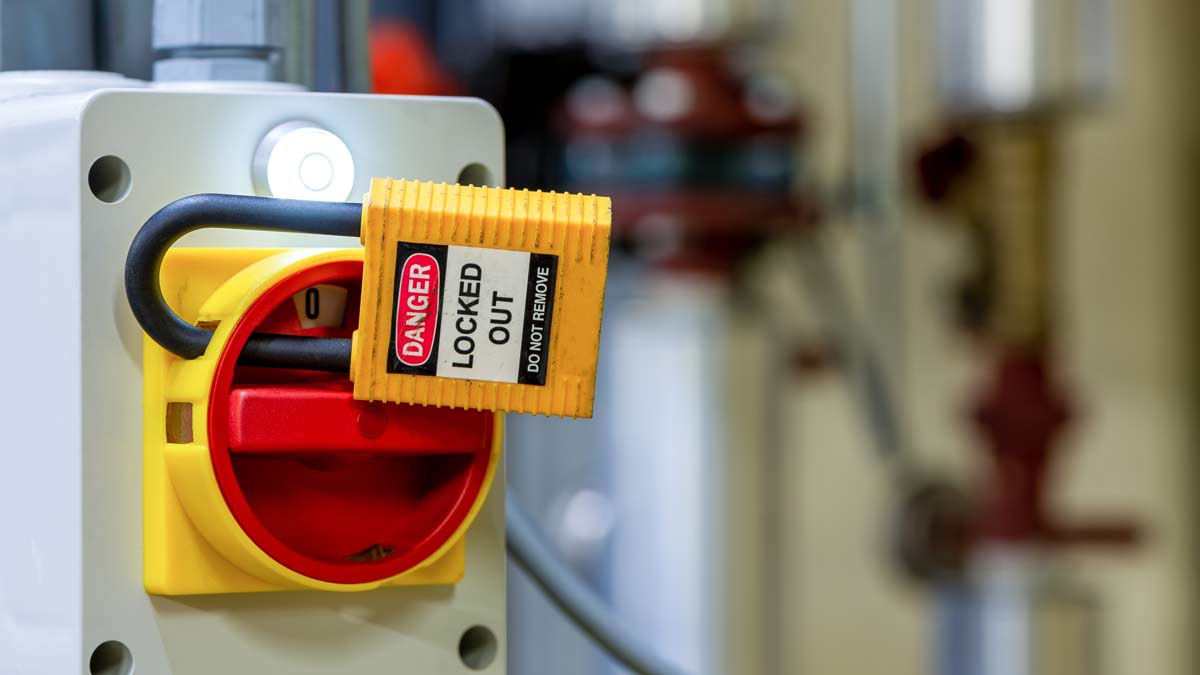
Lockout/Tagout (LOTO) Procedure by RESA Power
Trust RESA Power to develop your equipment-specific LOTO procedures that are easy to read, implement and maintain.
When Do You Need Lockout/Tagout (LOTO) Procedure?
A comprehensive lockout/tagout (LOTO) procedure is important when performing maintenance or servicing equipment that could potentially cause harm to workers. These procedures ensure that all energy sources are properly shut off and disconnected before any repairs, servicing or maintenance begins.
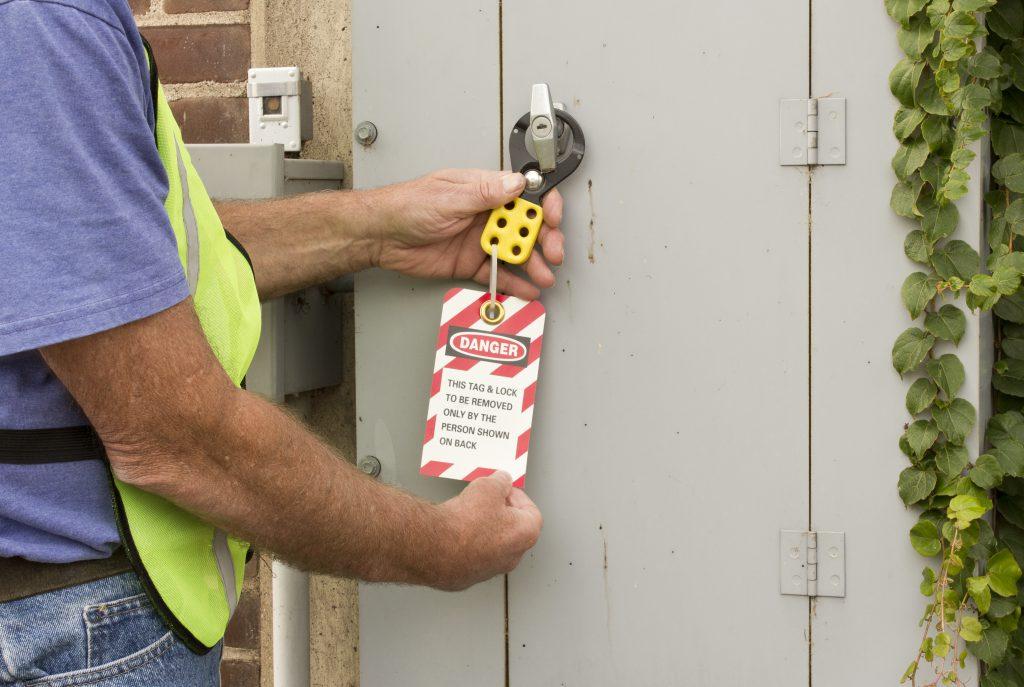
Lockout/Tagout (LOTO) procedures are used when:
- Servicing electrical equipment that does not require power to be ON to perform the Service.
- Removing or bypassing a machine guard or other safety device where the possibility exists of being injured or caught in moving machinery.
- Clearing jammed equipment.
- Being harmed by released energy such as steam from a steam valve or electricity from shorted internal wiring
RESA Power’s engineers follow the industry standards and OSHA requirements to identify what electrical assets require lockout/tagout and then develop a custom, equipment-specific LOTO procedure for your power equipment. Safety is our #1 priority!
GET A QUOTE
Deliver Safe and Reliable LOTO Procedures
What Is Included In RESA Power Lockout/Tagout (LOTO) Services?
Being an industry leader for more than 20 years, RESA Power puts Safety above everything else. To provide our customers with protection from hazardous energy sources, RESA Power’s experienced engineers will develop your safe and reliable Lockout/Tagout (LOTO) procedure. Our procedure writing services include two stages: analysis of your current equipment and development of equipment-specific lockout procedure.
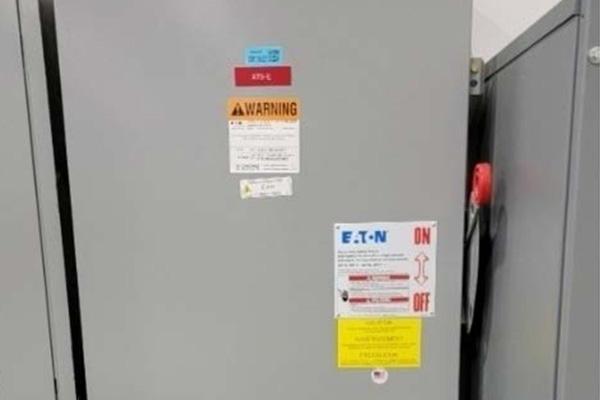
Lockout Equipment Inventory
RESA Power’s engineers will start working on the development of your Lockout/Tagout (LOTO) procedure by assessing your current equipment inventory and identifying the specific equipment that requires lockout.
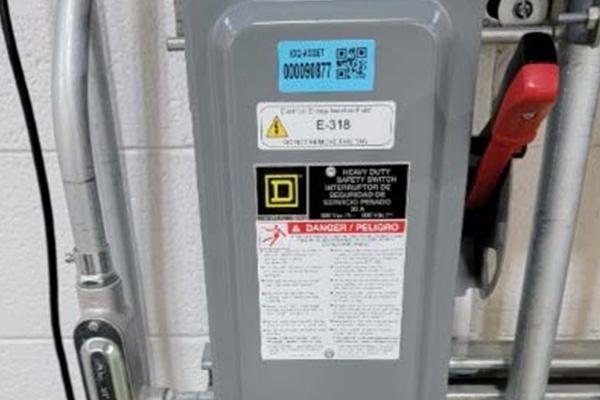
Lockout Procedure Development
By following LOTO procedures, the risk of injury or death from unexpected startup or release of stored energy is greatly reduced. Lockout/tagout procedures also ensure that equipment is properly isolated and not accidentally turned on while someone is working on it. RESA Power’s engineers carefully develop a safe and reliable Lockout/Tagout (LOTO) procedure for your team that enforces training workers in proper equipment shutdown to protect workers from hazardous energy exposure during maintenance or repair services they are performing.

LOTO Procedure for Our Customers
This safety procedure establishes the necessary requirements for the lockout of energy isolation devices whenever maintenance or servicing is done on machines or equipment. It shall be used to ensure that the machine or equipment is stopped, isolated from all potentially hazardous energy sources, and locked out before employees perform any servicing or maintenance where the unexpected energization or start-up of the machine or equipment or release of stored energy could cause injury.
Why Choose RESA Power for LOTO Procedure Development?
- Expertise: Our seasoned engineers comprehensively assess your equipment inventory to identify needs specific to your operation such as the steps that should be taken to properly disable the equipment for lockout procedures.
- Protection: We develop stringent methods of hazardous energy isolation, ensuring the security of workers during equipment maintenance or repair by preventing the energy’s release.
- Compliance: With RESA Power, your LOTO procedures conform to all relevant safety regulations and standards, maintaining the integrity of your operation.
- Customization: We recognize that no two facilities are alike – our services are custom, aligning with your unique environmental and operational requirements in order to maintain worker safety from hazardous energy.
What is the OSHA Standard for Control of Hazardous Energy Sources?
It is essential for companies to have a well-defined and regularly practiced LOTO system in place in order to protect their workers and comply with OSHA regulations. Employers should provide proper lockout/tagout training for employees and make sure they are properly followed at all times.
The OSHA standard for The Control of Hazardous Energy (Lockout/Tagout), Title 29 Code of Federal Regulations (CFR) Part 1910.147, addresses the practices and procedures necessary to disable machinery or equipment, thereby preventing the release of hazardous energy while employees perform servicing and maintenance activities.
The standard outlines measures for controlling hazardous energies—electrical, mechanical, hydraulic, pneumatic, chemical, thermal, and other energy sources.
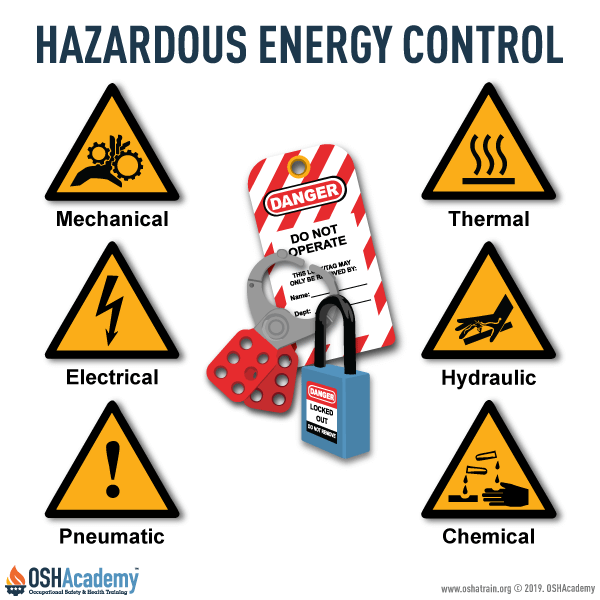
WHAT IS HAZARDOUS ENERGY?
Energy sources including electrical, mechanical, hydraulic, pneumatic, chemical, thermal, or other sources in machines and equipment can be hazardous to workers. During the servicing and maintenance of machines and equipment, the unexpected startup or release of stored energy can result in serious injury or death to workers. Properly training workers on lockout/tagout (LOTO) practices and procedures safeguards them from the release of hazardous energy.
Why Are Lockout/Tagout Procedures Important?
RESA Power requires our customers to perform all switching and grounding of their own facility equipment. All technicians are instructed to follow our policy, OSHA requirements, and the LOTO requirements of the facility we are working at.
LOTO procedures must be implemented at the workplace level and employees must be trained on how to follow the same set of LOTO procedures while coming into direct contact with electrical equipment and machinery. Our safe and reliable Lockout & Tagout (LOTO) procedure is a critical aspect of workplace safety and helps to prevent accidents that might appear at the workplace, including but not limited to
- Fires and explosions
- Electrical accidents
- Chemical exposure
- Wounds and lacerations
We recommend that the ongoing LOTO training should become an essential part of your company’s electrical safety program.
GET A QUOTE
Looking for comprehensive and customized LOTO procedures? Get a Quote Today!
Our Commitment to LOTO Procedure Efficacy
RESA Power is dedicated to equipping your team with best-in-class LOTO procedures. Through meticulous analysis and collaboration, we craft protocols that encompass all aspects of equipment shutdown and energy isolation. These processes are designed not just for compliance but with straightforward understanding, reliable execution and easy implementation. Looking to ensure your workplace is safer and more secure for your employees? Trust in RESA Power to stand guard over your LOTO protocols.
At RESA Power, we don’t just develop procedures – we foster environments where safety triumphs and accidents are averted before they occur.
Contact us to get started on developing important LOTO procedures for your operation and let us help improve your business’ safety culture.
Definitions
Lockout
The placement of a lockout device on an energy-isolating device, in accordance with an established procedure, ensures that the energy-isolating device and the equipment being controlled cannot be operated until the lockout device is removed.
Lockout Device
A device that utilizes a positive means such as a lock, either key or combination type, to hold an energy-isolating device in a safe position and prevent the energizing of a machine or equipment. Included are blank flanges and bolted slip blinds.
Tagout
The placement of a tagout device on an energy isolating device, in accordance with an established procedure, to indicate that the energy isolating device and the equipment being controlled may not be operated until the tagout device is removed.
Tagout Device
A prominent warning device, such as a tag and a means of attachment, which can be securely fastened to an energy isolating device in accordance with an established procedure, to indicate that the energy isolating device and the equipment being controlled may not be operated until the tagout device is removed.
Get A Quote For LOTO Procedure Development
Learn More About RESA Power Services

Service
Electrical Testing & Diagnostics Maintenance & Repair Acceptance Testing Engineering Studies
Learn More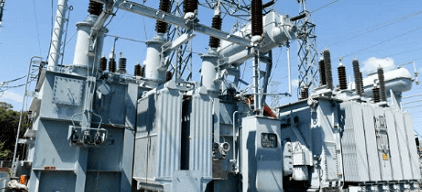
Transformers
Maintenance & Assembly Coil Rewinding Oil Testing Services New & Used Transformer Sales
Learn More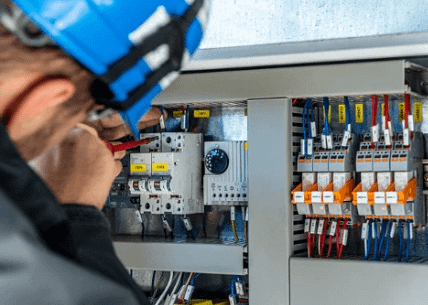
Components
Broad Inventory of Electrical Equipment & Components Including Older Vintage & Hard-to-Find
Learn MoreOUR US AND CANADIAN LOCATIONS
RESA Power has more than 40 service locations across the United States and Canada, including a transformer oil testing laboratory and specialty distribution centers to ensure our customers’ critical power systems are safe, reliable, and operating at peak efficiency. Click on the service center nearest to you for more information.








